Hot Cross Buns: easy, no-knead recipe
Who doesn’t love Hot Cross Buns at this time of year? With their roots in Britain’s pagan past and its celebration of the return of Spring, making a batch of these fruity and spicy buns isn’t difficult, even if you’ve never made bread before.

Jump to Recipe
THANK THE GODDESS EOSTRE FOR HOT CROSS BUNS?
With their bold cross and association with Easter, you’d might assume that Hot Cross Buns have roots in Christianity. But one theory says the buns date back to pre-Christian Britain.

Among the many gods and goddesses said to be honoured by the Anglo-Saxons was Eostre. Possibly the origin of the word Easter, she was goddess of the dawn, fertility and Spring. Eostre, so the theory goes, was honoured with feasts in the month of Eostre. At those feasts, it’s thought that breads were decorated with a cross to symbolize the four quarters, or phases, of the moon.
As the ancient Britons weren’t keen on giving up their pagan traditions, the early Christian church adapted many of them to suit its own story. Hence Hot Cross Buns became associated with the crucifixion and the Christian festival of Easter.

Interestingly, the Easter chocolate egg is also said to have roots in an ancient symbol. That of birds’ eggs, representing new life and Spring.
SIMPLE, NO KNEAD BUNS
My Hot Cross Buns are made with a simple, sweet dough, enriched with butter and egg, flavoured with mixed spice and cinnamon. And you can make it with either fast acting yeast or a sourdough starter.

I leave the dough overnight, where time will do the work instead of having to knead it. When you knead dough, what you’re doing is developing the gluten. Gluten is the protein which allows bread to rise. But, leaving a wetter than usual dough to prove overnight for around 14-16 hours, the gluten will get along very nicely without you. Hence, no need to knead.
As an added bonus, I think the longer proving times result in a far better-tasting bread.
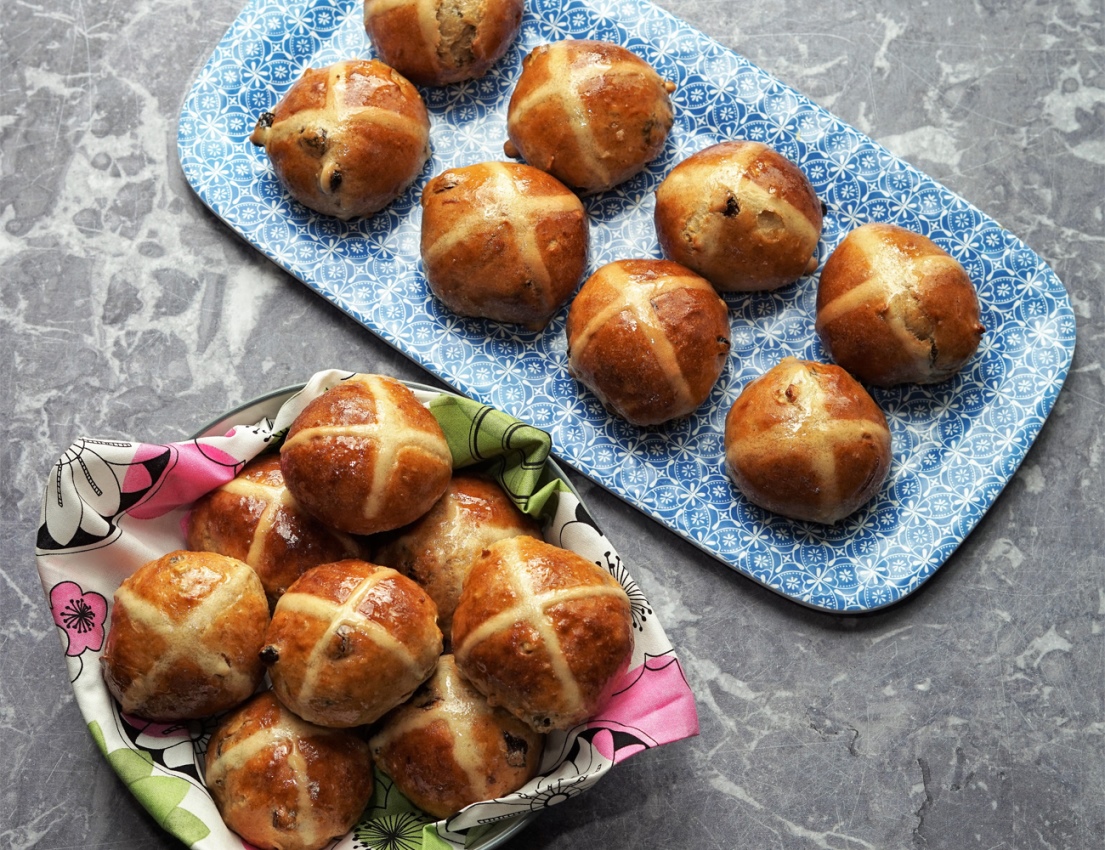
In the morning, sultanas, mixed peel, apple and orange zest are folded in and the shaped buns left to rise for a short while. The distinctive cross is piped on just before I bake the buns. Right after they come out of the oven, I brush the warm buns with honey to give a shiny, sticky glaze.
ONE A PENNY, TWO A PENNY, HOT CROSS BUNS
Whether you make the sourdough or the quick yeast version of my Hot Cross Buns, the technique is pretty simple. But you do need to be aware of a few things:
- The dough will be very wet so don’t attempt to knead it! Keep your work surface well-floured.
- Folding the dried fruit into the dough is the trickiest part as it will get quite sticky. Just keep going, folding over until the fruit is distributed fairly evenly, using more flour as needed.
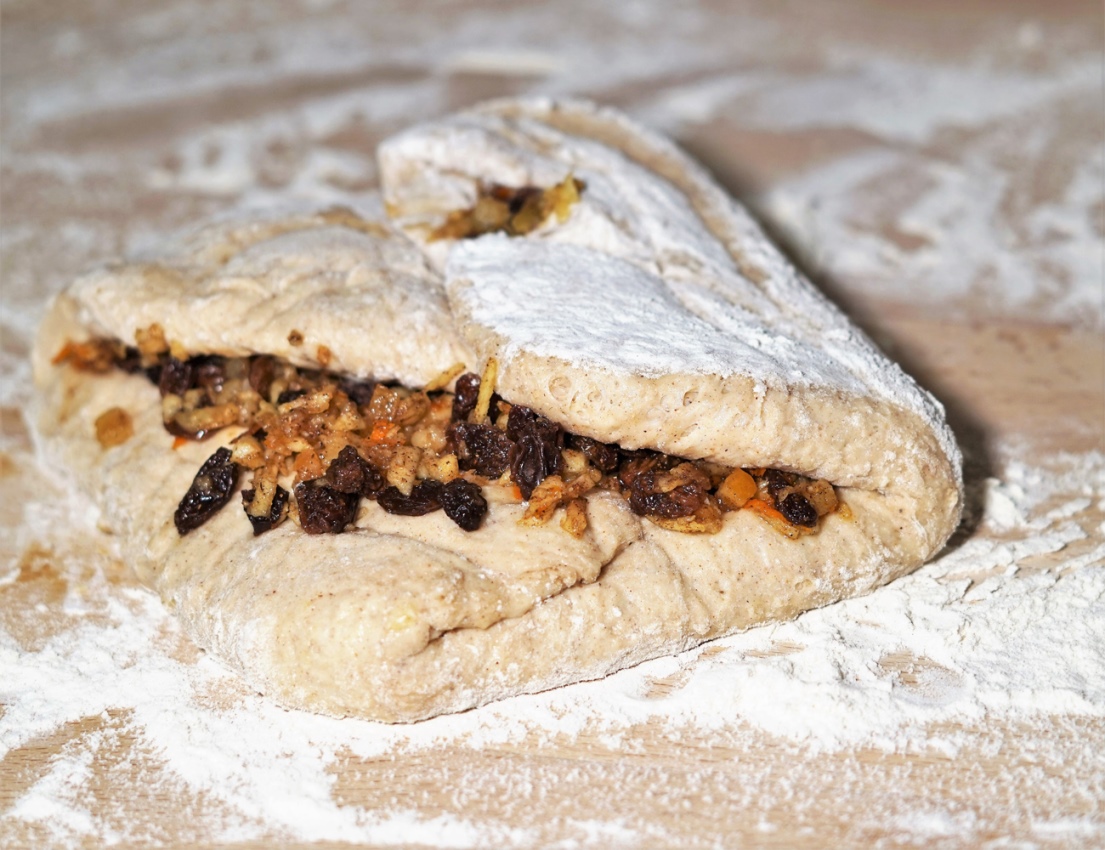
- If you think you might start making breads regularly, then it’s worth buying a dough scraper. They’re cheap but make it so much easier to get wet dough out of proving bowls and to fold it. Scrapers are also good for cleaning up the work surface when you’re done.
- I like to soak my dried fruit and orange zest overnight, using the juice from the orange, but it isn’t vital. You won’t need the juice of the orange in this recipe if you’re not soaking the fruit.
YEAST OR SOURDOUGH?
The only real differences between using quick yeast or a sourdough starter are the length of the proving and the cooking times. The sourdough will need a longer prove but it’s all hands-off time so you can be doing something else. I usually find that the denser sourdough needs a little longer cooking too.
Whichever method you use, keep a close eye on the buns once they’re in the oven. Due to the added sugar and the sugar in the fruit, they can burn easily.
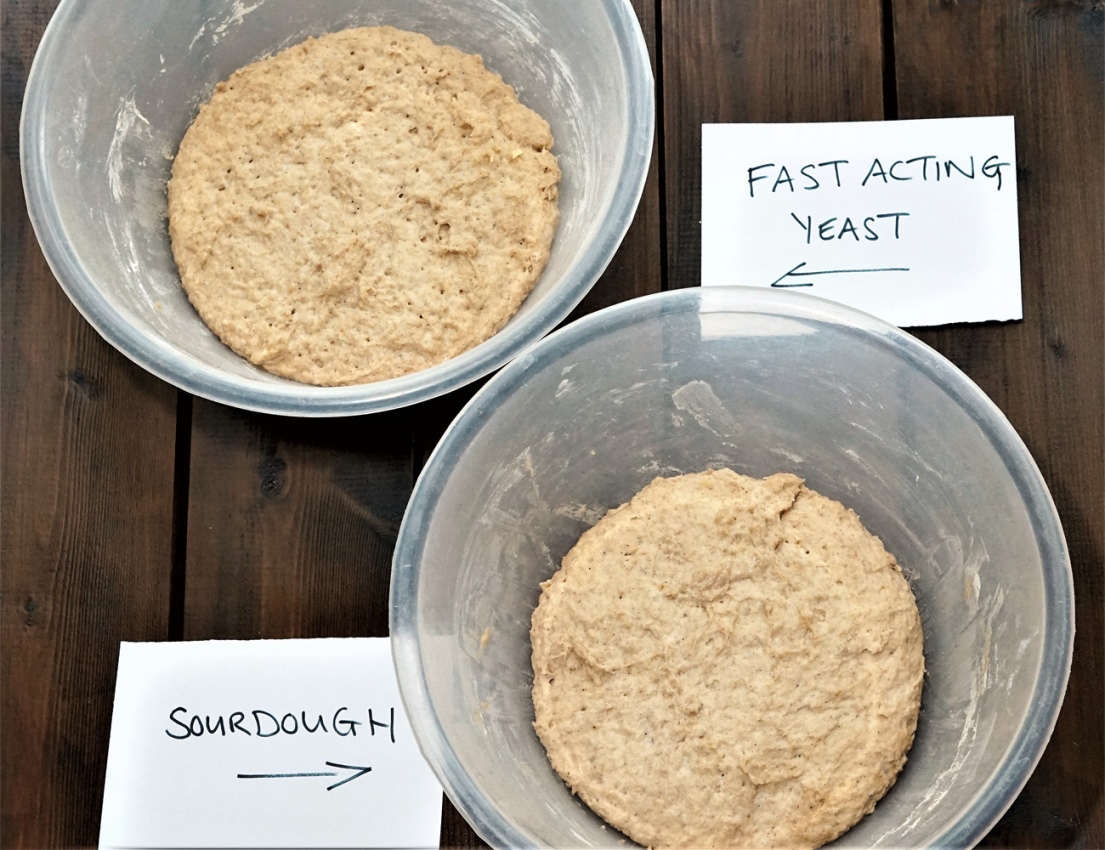
For this post, I made a batch of yeasted and a batch of sourdough buns. As you might be able to tell from the image above, taken after the overnight rise, the sourdough has a more robust texture whereas the yeasted dough looks a little slacker and has spread out more.
This difference was reflected in the finished Hot Cross Buns with the yeasted ones being a little softer and the sourdough ones chewier. I liked them both so it’s really up to you which method suits you best and what texture you’d like.

Quick Yeast Method
If you want to use the quick yeast method, make sure that the dry yeast you buy is labelled ‘quick’, ‘fast acting’ or similar. The instructions on the pack should say to add the dried yeast with the rest of the dry ingredients. What you don’t want is the type of dried yeast which you have to activate with warm water and sugar first. That type of yeast will not work with this method.

After an overnight prove and folding in the dried fruit, all the yeasted dough needs is bringing together in a ball, resting for 10 minutes then dividing into 16 pieces. Once the pieces are shaped into balls, they’ll need a further rise of just 30 minutes before the cross is piped on and they’re baked in a pre-heated oven for 12-18 minutes.
Sourdough Starter Method
If you’re a sourdough bread baker, then you’ll know that your starter needs to be lively, bubbly and recently fed before use. I always feed my starter again in the late morning if I’m making dough that evening.
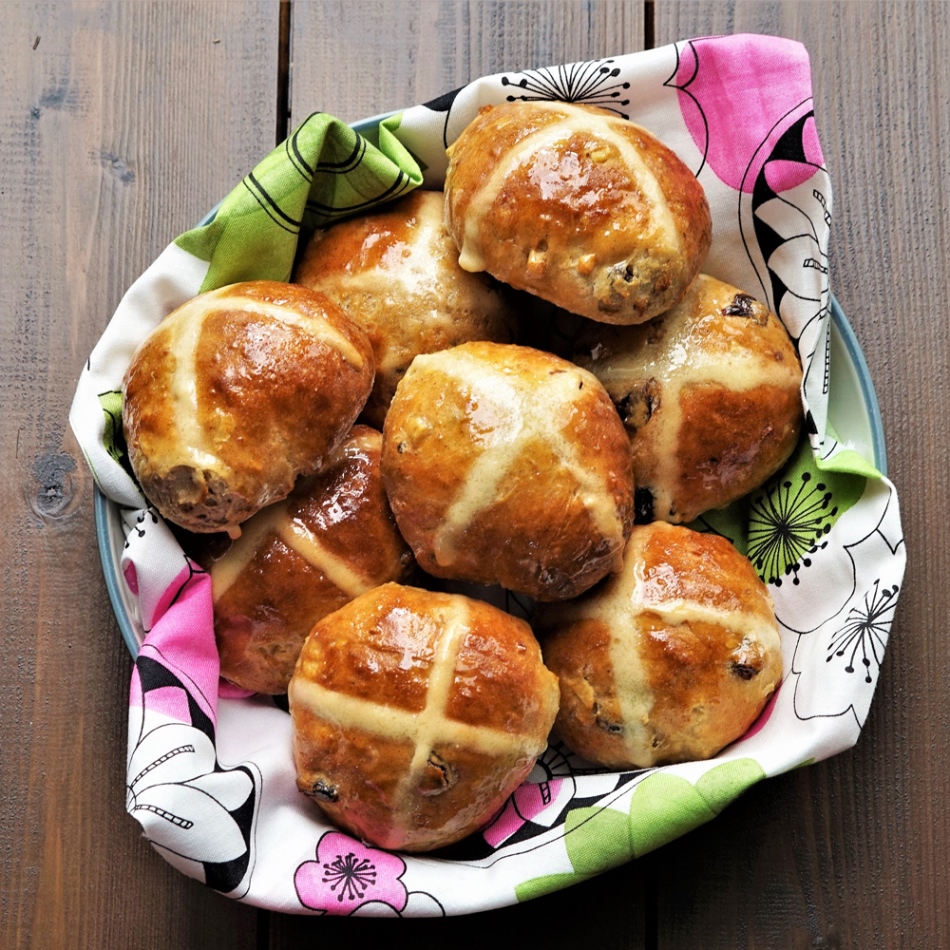
For the Hot Cross Buns, your starter is dissolved in cold milk and added to the dry ingredients to make a dough. After the overnight rise, the remaining ingredients are folded in and the dough will need to rest for 30 minutes. After the buns have been shaped, they’ll need another hour before the cross is piped on and they’re baked in a pre-heated oven for around 15-20 minutes.
THE CROSSES
You don’t have to put crosses on the buns, but I like the tradition. It makes them a little bit different to any old fruited bun you might eat the rest of the year. Often, the cross on a Hot Cross Bun is simply a paste of flour and water. However, I like to include a little sweetness. I use two thirds plain flour and one third icing sugar.
If you don’t usually keep icing sugar in the house, it’s probably not worth buying any for the small amount you’ll use in this recipe, so just use flour. If you’ve got a grinder attachment on a food processor or similar, you can just whizz up some caster sugar and use that instead.

Rather than using a piping bag to put the crosses on (too fiddly for me), I use the squeezy-bottle type with interchangeable nozzles. They’re very cheap to buy and are good for drizzling sauces and dressings too.
HAPPY EOSTRE / EASTER!
Whichever method you use, it’s well worth the little bit of effort to make your own Hot Cross Buns. Slightly crustier than the shop-bought version, but rich with spice and fruit, these taste great whether just-warm from the oven or left to cool.
But always, always slathered in creamy, salty butter.

Happy Eostre!

Hot Cross Buns
With their roots in Britain’s pagan past and celebration of Spring, Hot Cross Buns aren't difficult, even if you’ve never made bread before. In this recipe I've given instructions for using quick acting yeast and also for sourdough. Stick to one method only.
Ingredients
- 600 g bread flour plus extra for dusting work surface
- 1 tsp salt
- 80 g sugar
- 1 tsp ground cinnamon
- 2-3 tsp mixed spice
- 400 ml milk
- 1 large egg beaten
- 60 g butter melted
- 1 medium orange, zest & juice
- 100 g sultanas
- 75 g mixed chopped peel
- 1 medium apple, peeled cored & grated squeeze out excess juice
- 50 g plain flour
- 25 g icing sugar
- 2-3 tbsp honey slightly warmed
For quick yeasted version
- 7 g quick, fast-acting dried yeast
For sourdough version
- 60 ml lively sourdough starter approx 60g if measuring by weight
Instructions
The night before you want to bake the hot cross buns
-
For the quick yeasted version:
In a large bowl, add the flour, salt, sugar, dried yeast, cinnamon & mixed spice to taste.
In a large jug, mix together the milk, egg and melted butter.
For the sourdough version:
In a large bowl, add the flour, salt, sugar, cinnamon & mixed spice to taste.
Put the milk in a large jug and dissolve the sourdough starter in it. Add in the egg and melted butter, stirring to combine.
-
Pour the contents of the jug into the dry ingredients in the bowl, stirring well with a wooden spoon or, preferably, a flexible silicone spoon. The mixture will be quite wet. Cover with cling film and leave at normal room temperature 12-16 hours.
-
Mix the sultanas and chopped peel with the orange zest and juice. Cover and leave overnight.
The day of baking:
-
Mix the grated apple into the soaked fruit.
-
Mix the plain flour, icing sugar and approx 3 tbsp water to make a thick paste. Place in a piping bag or bottle and set aside until ready to pipe on the crosses.
-
Scrape the dough out onto a well-floured work surface and flatten a little. Sprinkle over the fruit then fold over the sides to cover it. Keep folding until the fruit is distributed throughout the dough, sprinkling with flour to stop it sticking.
-
Leave to rest on the work surface, re-covered with the cling film or the upturned bowl: rest 10 minutes for the yeasted dough & 30 minutes for the sourdough.
-
Pre-heat the oven to 200°C / 180°C Fan / Gas 6
-
Divide the dough into 16 pieces and shape into balls. Place on a baking tray and cover with a clean cloth. Rest 30 minutes for the yeasted dough & 1 hour for the sourdough.
-
Pipe crosses onto the buns then place in the hot oven until browned and cooked through (12-18 min for yeasted / 15-20 for sourdough).
-
Place on a wire rack, brush with warmed honey and leave to cool.
RELATED RECIPES

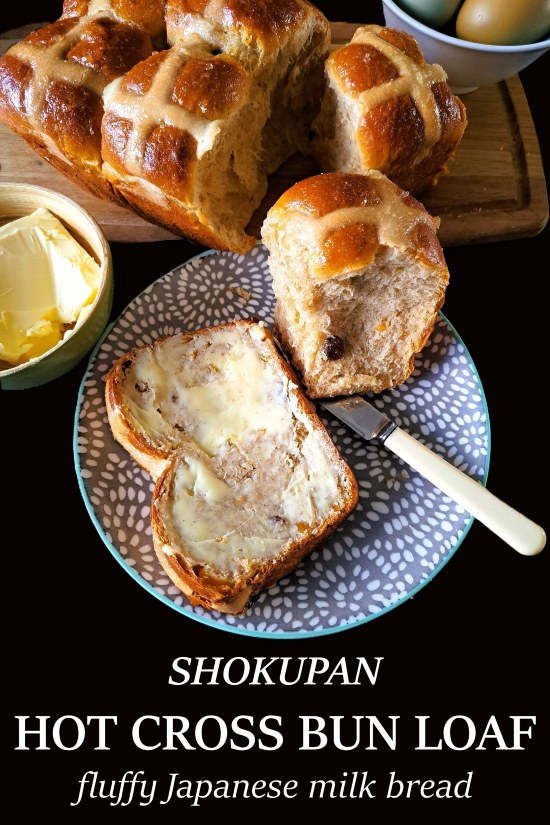
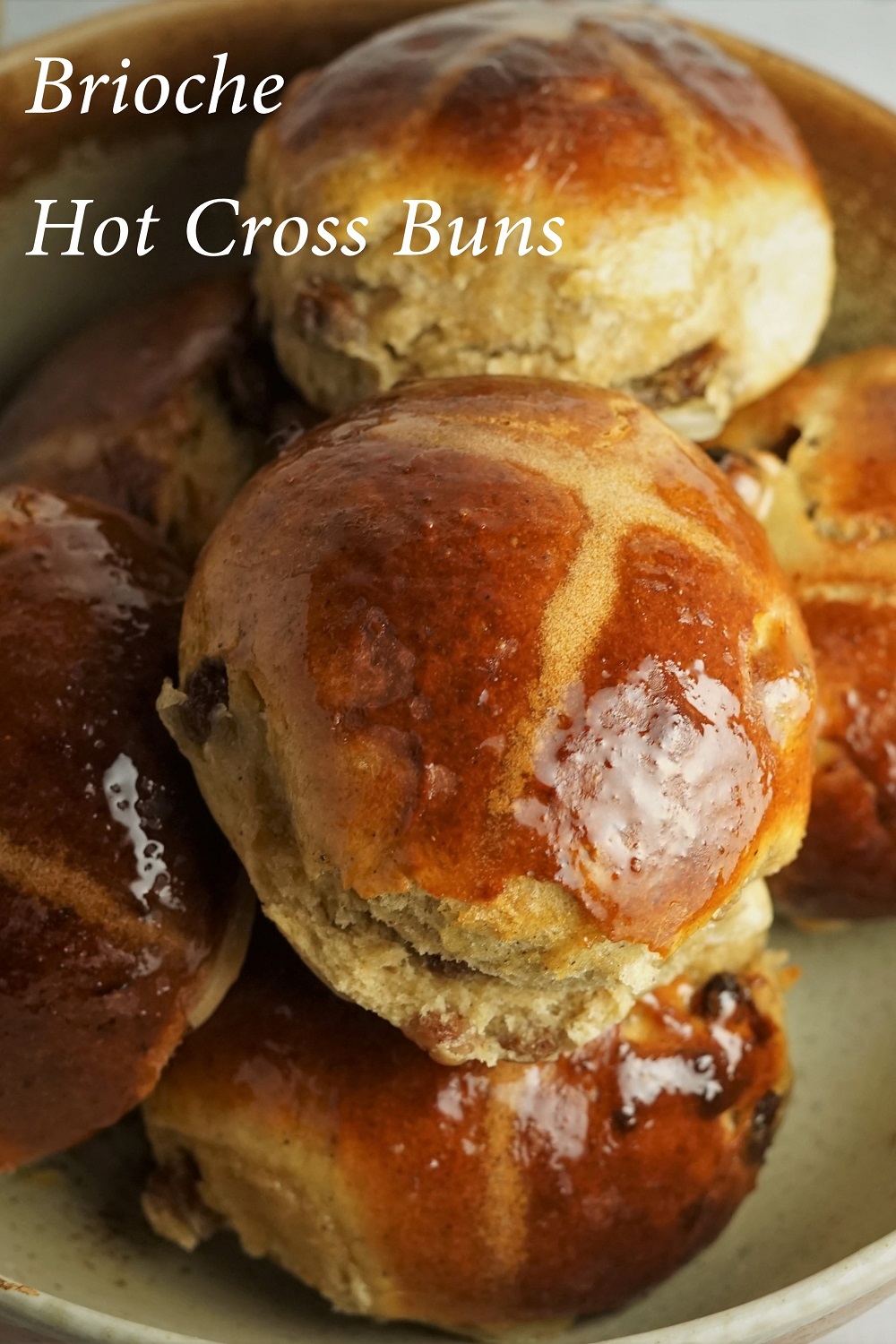

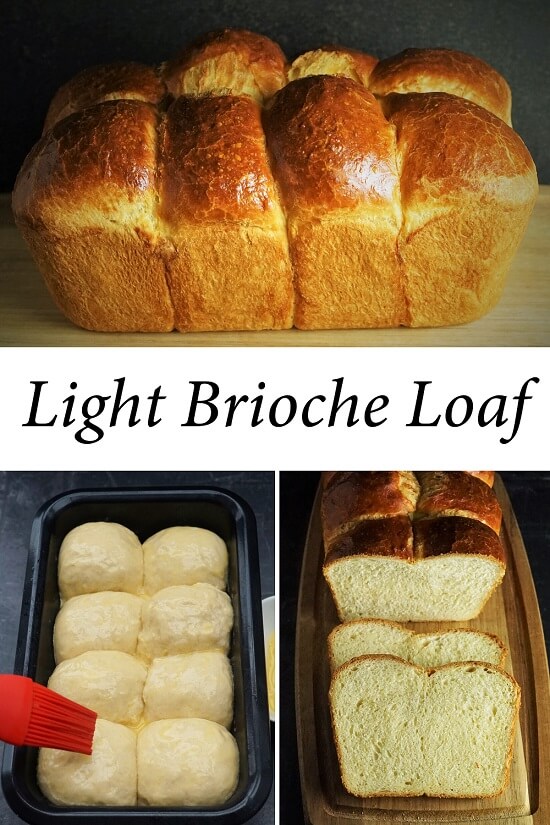
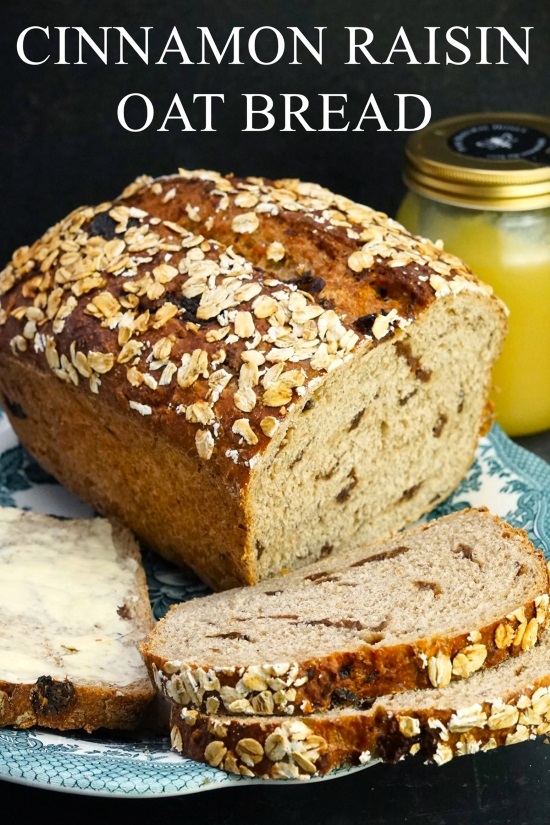
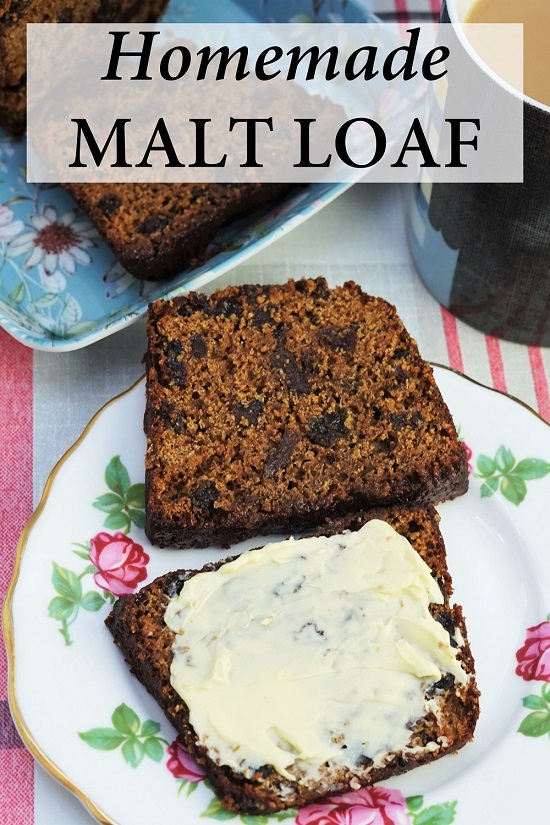
Hello, would I be able to substitute the orange with orange essence?
Yes, I think that should be fine!
Well I made them, they are huge compared to the shop bought ones. They don’t look as good as yours but taste lovely.
I am new to baking so I am rather proud of them. It.was.your cheese scones that hooked me 😊.
I used apricot jam warmed with a little water added for the glaze Instead of honey.
So glad to hear you loved the taste of the Hot Cross Buns and you certainly should be proud as you’re new to baking!
I wouldn’t worry if you think the appearance needs a bit of work: I will make several batches to test recipes before I post on here – I’m sure my first ones could’ve done with improvement!
Many thanks for taking the time to give your feedback and rate the recipe.
In honesty mine didn’t come out looking as good as yours do but they were tasty and rose well. I decided against the orange and soaked the fruit in apple tea. I found a sort of plastic syringe thing in poundland which made the crosses really easy to do. I need to work on shaping the dough and maybe weigh pieces rather than guess but this recipe is a keeper. Thanks.
Many thanks for your feedback, John. So glad you liked the recipe. Soaking the fruit in apple tea sounds lovely!